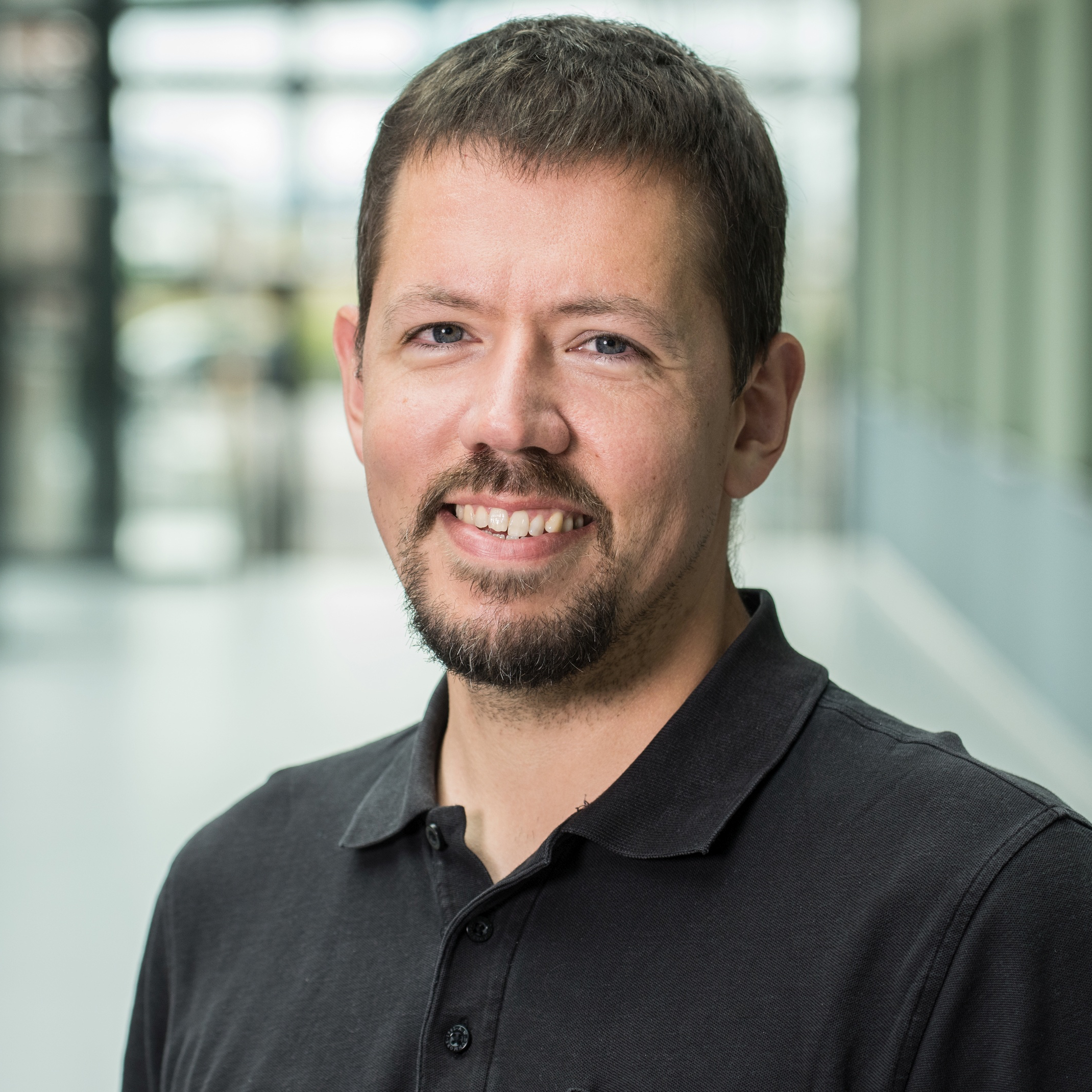Dr Stefan Hendricks
Stefan originally studied Geophysics in Cologne, but soon moved on to exploring the vast expanses of our solar system. Back when he was investigating the interactions between the solar wind and Saturn’s magnetosphere, or working on flight forecasts for the space probe Cassini, he rarely left his office. Field campaigns on the groundwater situation in Israel, and his doctoral position at the AWI, which involved helicopter-based ice surveys, are more an expression of his passion for the field.
Today, he’s been working at the AWI for 13 years, and is a specialist for measuring sea-ice thickness. During that time he has e.g. conducted preliminary studies on the CryoSat-2 satellite, the successor to the crashed CryoSat satellite, using data from the European Space Agency (ESA). In the process, he helped to shape the joint project, which now measures the ice thickness on a regular basis, and shares the resulting data at meereisportal.de. In the same context, Stefan combines various types of data in order to improve the accuracy of individual forecasts. meereisportal.de offers the ideal platform for these datasets, which are presented in near real-time – the goal being to share them with the public, open the door for user feedback, and provide researchers a resource for their own work. Since his work demands a high level of precision, he uses optimally programmed tools for his calculations.
In the course of your work, which type of observations do you find most interesting?
Unlike the sea-ice extent, which is visibly shrinking, the decline in sea-ice thickness isn’t as radical. That’s because, even in warmer periods, sea ice can still be quite thick when the ice becomes piled together, and because young and thin ice grows faster than old and thick ice. As a result, it’s more difficult to make general statements on the status quo of sea-ice thickness, and various factors have to be kept in mind.
Has your career had any effects on your private life?
Thanks to my chosen career, I’ve become a passionate photographer. During expeditions, you have the chance to take absolutely one-of-a-kind shots, which can also help you relax a bit. At the same time, the photographs can create an emotional connection for whoever looks at them, and are another rewarding aspect of my work.
How can meereisportal.de help make sea-ice research accessible to more of the public?
meereisportal.de is the only project of its kind in Germany, and brings together not only various experts from the AWI, but also external researchers. Otherwise, much of the work done in sea-ice research is limited to the USA. In addition, the topic only receives media coverage on a seasonal basis; the rest of the time, it attracts little attention.
My personal hero is …
All the pioneers of the geosciences, who used the simplest tools and resources to make calculations that are still the basis of the cutting-edge techniques used today. Without the aid of computers or advanced technologies, they demonstrated an incredible, mathematical grasp of highly complex processes.

